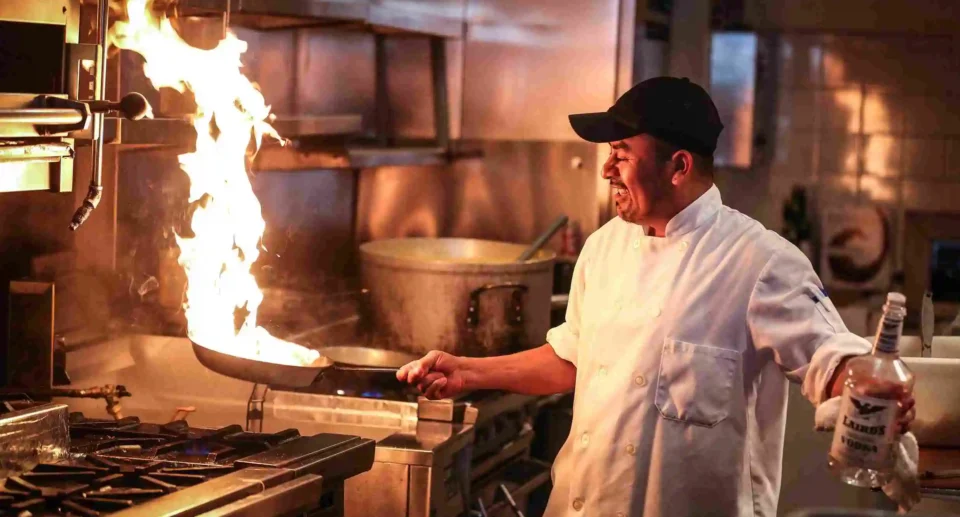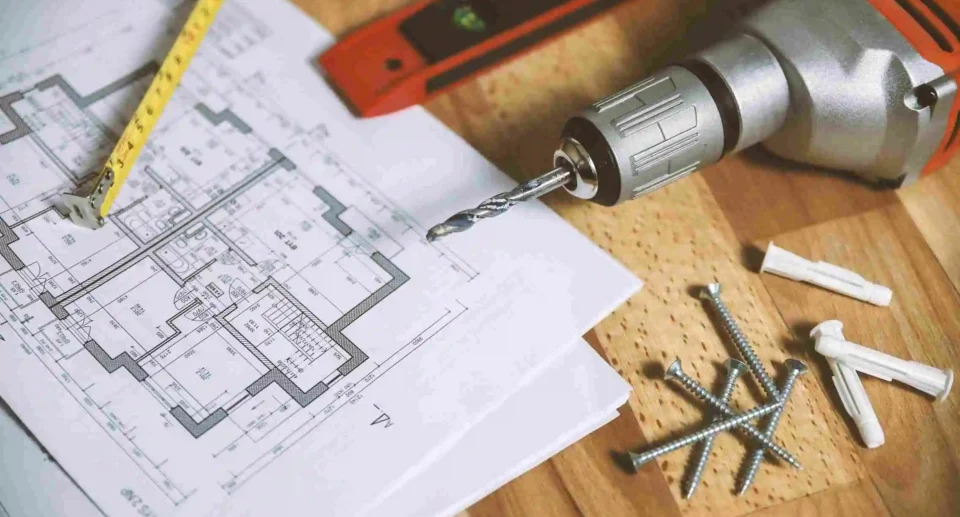How to Put Out a Grease Fire Safely: A Simple Guide

Picture this: you’re cooking up a storm, a delicious dinner is almost ready, and then… a small flame erupts in your pan. Your heart skips a beat. You’ve got a grease fire on your hands. While it’s a scary sight, the key is to stay calm. Panic can lead to mistakes that make the situation worse. The good news? Putting out a grease fire is a lot easier and safer than you might think, as long as you know the right steps.
This article is your friendly guide to safely and effectively tackling a kitchen grease fire. We’ll walk you through exactly what to do, what to absolutely never do, and how to prevent these fiery moments from happening in the first place.
Understanding What a Grease Fire Is
First, let’s understand what we’re dealing with. A grease fire isn’t like a regular fire. It’s fueled by hot cooking oil or fat. This type of fire is dangerous because the oil is a flammable liquid. When it gets hot enough, it can ignite and burn with an intense heat.
The biggest mistake people make is treating it like a normal fire. Throwing water on it is the worst possible thing you can do. Why? Water and oil don’t mix. When you add water to a grease fire, the water sinks to the bottom of the pan. The superheated oil instantly vaporizes the water, turning it into steam. This steam then explodes, spraying the burning oil all over your kitchen. This creates a much bigger, more dangerous fire. So, remember this golden rule: NEVER use water on a grease fire.
How to Put Out a Grease Fire: The Safe Way
Okay, so you have a small grease fire. Take a deep breath. Here are the steps to follow, in order of what you should try first.
Step 1: Turn Off the Heat Source
This is the most important first step. If you can do it safely, turn off the stove burner immediately. This cuts off the fuel supply to the fire. Without the heat, the fire will start to die down on its own. It’s a simple action that can make a huge difference. If the flames are too big or you can’t reach the knob safely, don’t risk it. Move on to the next step.
Step 2: Smother the Flames
A fire needs three things to burn: heat, fuel, and oxygen. We’ve already cut off the heat. Now, let’s take away the oxygen. The easiest way to do this is to cover the pan.
- Use a Metal Lid: If you have a metal pot or pan lid nearby, grab it and gently slide it over the top of the flaming pan. The lid will trap the oxygen inside, suffocating the fire.
- Use a Baking Sheet: Don’t have a lid that fits? A flat metal baking sheet works just as well. Slide it over the pan to create a seal.
Once the fire is covered, leave it alone. Do not remove the lid to check on it. The fire will go out in a few minutes as it uses up the remaining oxygen.
Step 3: Use a Fire Extinguisher (for larger fires)
If the fire has spread from the pan to the stove or surrounding area, it’s time to reach for a fire extinguisher. But not just any extinguisher! You need a Class K or Class B fire extinguisher. These are specifically designed for kitchen fires involving cooking oils and flammable liquids.
- Class K: This is the best choice for commercial kitchens, but also a good option for home use.
- Class B: These are effective on flammable liquids like grease, gasoline, and oil.
If you have a general-purpose ABC fire extinguisher, it can also work, but be cautious. The force of the extinguisher’s spray can sometimes spread the burning oil. Aim the nozzle at the base of the fire, not the flames themselves.
Step 4: Use Baking Soda
For a very small grease fire, like a small flare-up in a skillet, baking soda can be a lifesaver. Baking soda, not baking powder, works because it’s a salt. When heated, it releases carbon dioxide, which helps to smother the fire.
- Grab a generous amount of baking soda.
- Gently and carefully sprinkle it over the flames.
- Use a lot of it! A tiny sprinkle won’t do much.
Important Note: Do not use flour or any other powder. Flour is flammable and can actually make the fire worse.
What to Do After the Fire is Out
Once the fire is completely extinguished and the pan has cooled down, it’s safe to assess the situation.
- Ventilate your home: Open windows and doors to let out any smoke and odors.
- Inspect your kitchen: Check for any remaining hot spots or damage.
- Don’t forget to clean up: Carefully dispose of the contents of the pan once it’s completely cold.
How to Prevent Grease Fires in the First Place
Prevention is always the best strategy. Here are some simple tips to keep your kitchen fire-free:
- Stay in the kitchen: When you’re frying, grilling, or broiling food, never leave the stove unattended. Even a short break can be enough time for a grease fire to start.
- Keep things clean: A dirty stove top with built-up grease and food residue is a fire hazard. Clean your cooking surfaces regularly.
- Cook on medium heat: High heat can cause oil to ignite quickly. Stick to medium heat for most cooking to avoid overheating the oil.
- Be careful with oil: Don’t fill your pan too full of oil. A smaller amount of oil is less likely to spill or overflow.
- Have an extinguisher handy: Keep a Class K or Class B fire extinguisher easily accessible in your kitchen.
Final Thoughts: Stay Safe!
Dealing with a grease fire can be scary, but knowing the right steps can help you handle the situation with confidence. Remember, the most important thing is to stay calm and never, ever use water. By turning off the heat, smothering the flames, and having the right tools on hand, you can protect yourself and your home.







